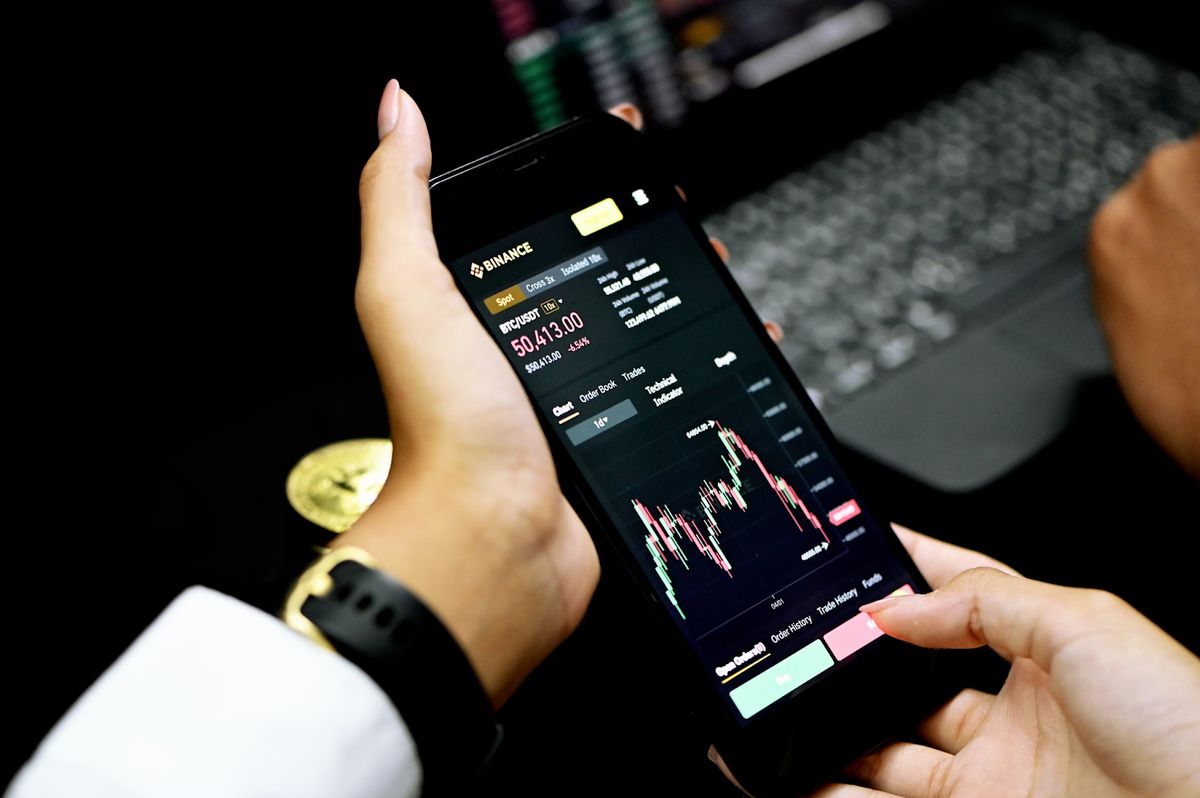The realm of foreign exchange trading, commonly known as forex, is a dynamic and high-volume venture, which engages brokers and affluent individuals across the globe. It’s celebrated for its diversity and liquidity, a vital aspect for brokers to efficiently close positions, amplify profits, and safeguard their clients’ investments. Central to this dynamic market are the entities known as Forex liquidity providers, which play a pivotal role in enhancing the Forex trading experience.
Understanding Forex Liquidity And Its Importance
Forex liquidity refers to the ease of buying or selling a currency pair without causing a significant impact on its market price. This concept is fundamental in over-the-counter (OTC) forex transactions. A currency pair is deemed liquid if it can be traded easily without causing market slippage, a scenario where the executed price differs from the expected price.
Liquidity in Forex is influenced by various factors, including:
Monetary Policy: Shifts in a country’s monetary policy, such as tariff alterations or inflation fluctuations, can directly affect forex liquidity.
Global Credit Dynamics: An increase in a nation’s credit supply or a decrease in credit demand can impact forex liquidity, often indicating a robust global financial market.
The degree of liquidity can significantly affect trading conditions and spreads. Higher liquidity usually translates to more favorable trading conditions, thus attracting more market participation, stabilizing cryptocurrency prices, and contributing to a healthy global economy.
The Role Of Forex Liquidity Partners
Forex liquidity partners are vital in mitigating market volatility and ensuring efficient forex conversions with minimal slippage. They facilitate high-volume currency trades through banking relationships and by partnering with Banking as a Service (BaaS) providers, enabling white-label access to fiat on/off ramping.
Related:Professor Pips Academy Review: A Forex Trading Platform for Beginners and Experts
The Different Types Of Forex Liquidity Providers
Forex liquidity providers (LPs) come in various forms, each playing a unique role in the market:
Banks: These are the primary providers, offering competitive pricing due to their large asset holdings.
Electronic Communication Networks (ECNs): ECNs match buy and sell orders, ensuring traders find counterparts for their trades.
Market Makers: They provide liquidity by trading assets from their own inventories, ensuring market stability even in volatile conditions.
Hedge Funds: Similar to banks, hedge funds also contribute significantly to forex liquidity.
Retail Brokers: They link retail traders with financial institutions, enhancing liquidity aggregation.

Classifications Of Financial Assets
Financial assets held by liquidity providers are classified into tiers based on their liquidity:
Tier 1: These assets represent the financial strength of an institution and include main earnings and equity.
Tier 2: Less liquid than Tier 1, these assets supplement core assets during market shortfalls.
Tier 3: The lowest quality, these assets have been phased out post-2008 financial crisis due to their high risk.
Advantages Of Partnering With A Forex Liquidity Provider
Access to Deeper Liquidity Pools: Helps in stabilizing pricing, particularly during major news releases.
Competitive Spreads and Pricing: High-tier asset holders offer better long-term reliability and competitive pricing.
Improved Trade Execution Speed: Advanced technological systems support rapid trade executions.
Reduced Slippage: Keeping markets transparent and reducing the likelihood of slippage.
Market Stability: Liquidity providers help prevent extreme market volatility and flash crashes.
Related:Comparing Cryptocurrency and Forex Trading: Pros and Cons
Choosing The Right Forex Liquidity Provider
When selecting a forex liquidity provider, consider:
Asset Reliability: Providers holding high-value assets are generally more dependable.
Technological Infrastructure: Cutting-edge technology aids in swift and efficient order fulfillment.
Pricing Structure: Seek transparent and straightforward pricing models.
Understanding the role of ECNs and STPs is crucial in eliminating conflicts of interest and ensuring fair trade practices. Additionally, it’s important to review and compare offerings, keeping an eye out for hidden terms or conditions.
Legal And Compliance Considerations
Staying informed about international regulations affecting liquidity providers is crucial. With forex being a global market, regional regulations can significantly influence operations. Partnering with compliant providers ensures legal safety and protects clients from fiduciary risks.
In conclusion, forex liquidity partners are integral to the fluidity and stability of the forex market. They offer a range of benefits, from enhanced trade execution speeds to access to deeper liquidity pools, which are essential for maintaining a healthy and dynamic trading environment. By carefully selecting the right forex liquidity partner, brokers can significantly improve their market performance and safeguard their clients’ investments.








